Senna Meridionalis Dwarf
Senna meridionalis Dwarf is a species of flowering plant in the Fabaceae family, known for its attractive yellow blooms and drought tolerance. It belongs to the Senna genus, which includes various shrubs and small trees often used in ornamental gardening, erosion control, and traditional medicine.
General Information
- Family: Fabaceae (Legume family)
- Genus: Senna
- Growth Habit: Shrub or small tree
- Leaves: Pinnate, compound leaves with small green leaflets
- Flowers: Bright yellow, pea-like flowers, often in clusters
- Fruit: Legume (pod), characteristic of the Fabaceae family
Habitat & Distribution of Senna Meridionalis Dwarf
- Commonly found in arid, semi-arid, and tropical regions
- Prefers well-draining soils such as sandy or rocky terrains
- Adapted to drought-prone environments, making it an excellent choice for water-wise gardening
Cultivation & Care for Senna Meridionalis Dwarf
- Sunlight: Prefers full sun
- Soil: Thrives in well-draining soils, including sandy and loamy conditions
- Watering: Low water needs; drought-tolerant once established
- Pruning: Can be pruned to maintain shape and encourage bushier growth
- Propagation: Typically grown from seeds or cuttings
Uses & Benefits of Senna Meridionalis Dwarf
Ornamental Plant Used in gardens for its bright flowers and attractive foliage
Pollinator Attraction Supports bees, butterflies, and other beneficial insects
Drought Resistance Ideal for xeriscaping and low-water landscapes
Soil Improvement As a legume, it may help fix nitrogen in the soil
Propagation of Senna Meridionalis Dwarf
There are two primary ways to propagate Senna meridionalis: seeds and cuttings.
1. Propagation by Seeds (Most Common Method)
-
Seed Preparation:
- Senna seeds have a hard outer coat, which can slow germination. To improve germination rates, scarification is recommended:
- Soak seeds in warm water for 12-24 hours to soften the coat.
- Alternatively, lightly nick the seed coat with sandpaper or a knife.
- After scarification, seeds should swell, indicating they are ready to plant.
- Senna seeds have a hard outer coat, which can slow germination. To improve germination rates, scarification is recommended:
-
Planting:
- Use well-draining soil (sandy or loamy mix).
- Sow seeds ½ inch (1 cm) deep.
- Keep soil moist but not waterlogged.
- Germination occurs in 1-3 weeks under warm conditions (20-30°C / 68-86°F).
2. Propagation by Cuttings
- Take semi-hardwood cuttings (young, firm stems) from a healthy plant.
- Dip cuttings in rooting hormone to encourage root development.
- Plant in a moist, well-draining soil mix.
- Keep in a humid, warm environment until roots develop (usually a few weeks).
Growing Conditions
1. Sunlight
- Thrives in full sun (at least 6-8 hours of direct sunlight daily).
- Can tolerate partial shade but will bloom less.
2. Soil
- Prefers well-draining soil:
- Sandy, loamy, or rocky soils are best.
- Tolerant of poor or nutrient-deficient soils.
- Avoid heavy clay or waterlogged areas.
3. Watering
- Drought-tolerant once established.
- Water regularly during the first few months after planting.
- Once mature, water only when the soil is completely dry.
4. Temperature & Climate
- Thrives in tropical, subtropical, and arid climates.
- Can tolerate high temperatures but is not frost-resistant.
- If growing in a cooler climate, consider container planting to bring indoors in winter.
5. Pruning & Maintenance
- Prune lightly to shape the plant and encourage bushy growth.
- Remove dead or weak branches to promote airflow and reduce disease risk.
- Minimal fertilization needed—can benefit from a light application of compost in spring.
Medicinal & Traditional Uses of Senna Meridionalis Dwarf
Many species of Senna have medicinal properties, and Senna meridionalis may share similar benefits, though specific studies are limited.
1. Laxative Properties
- Other Senna species (e.g., Senna alexandrina) are well-known for their natural laxative effects due to compounds called sennosides.
- Senna Meridionalis Dwarf may have similar effects, though it is not as commonly used medicinally as Senna alexandrina.
2. Anti-inflammatory & Antibacterial
- Some Senna species have been used in traditional medicine for treating skin infections, wounds, and inflammation.
- Extracts from the leaves or bark may have antibacterial properties.
3. Potential Antioxidant Activity
- Some studies suggest that Senna plants contain flavonoids and phenolic compounds with antioxidant benefits.


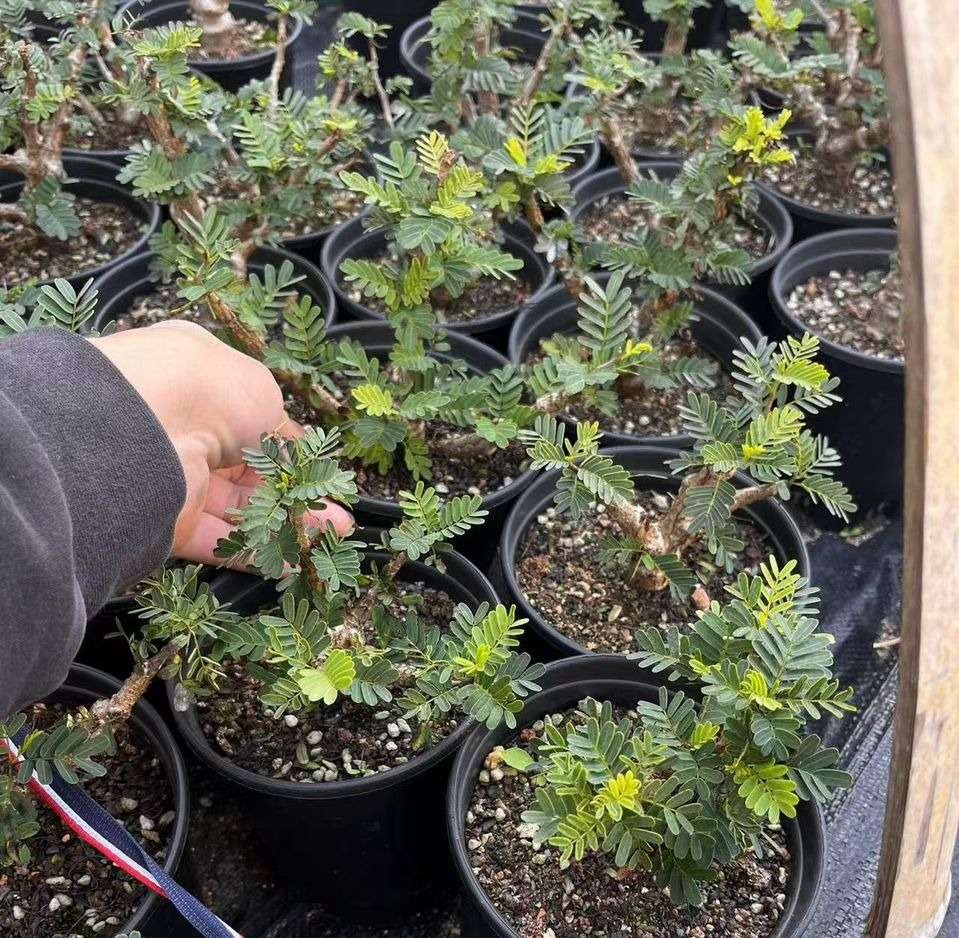
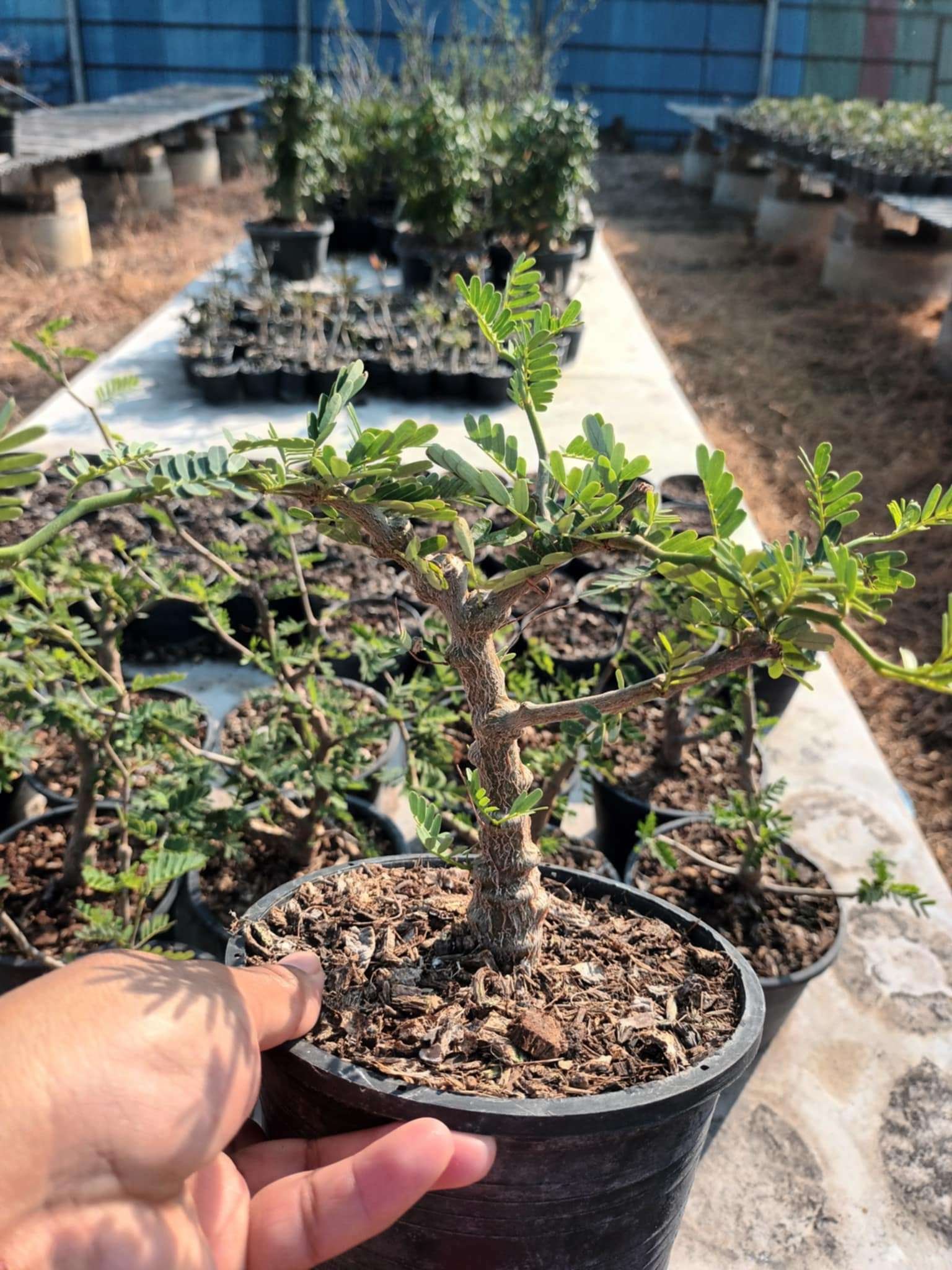

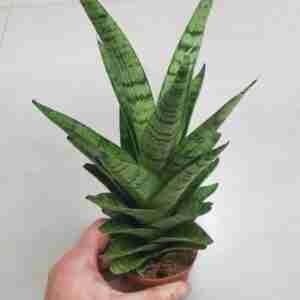
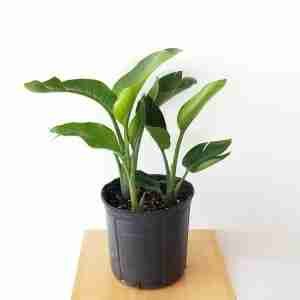
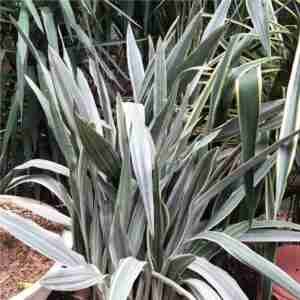

Reviews
There are no reviews yet.